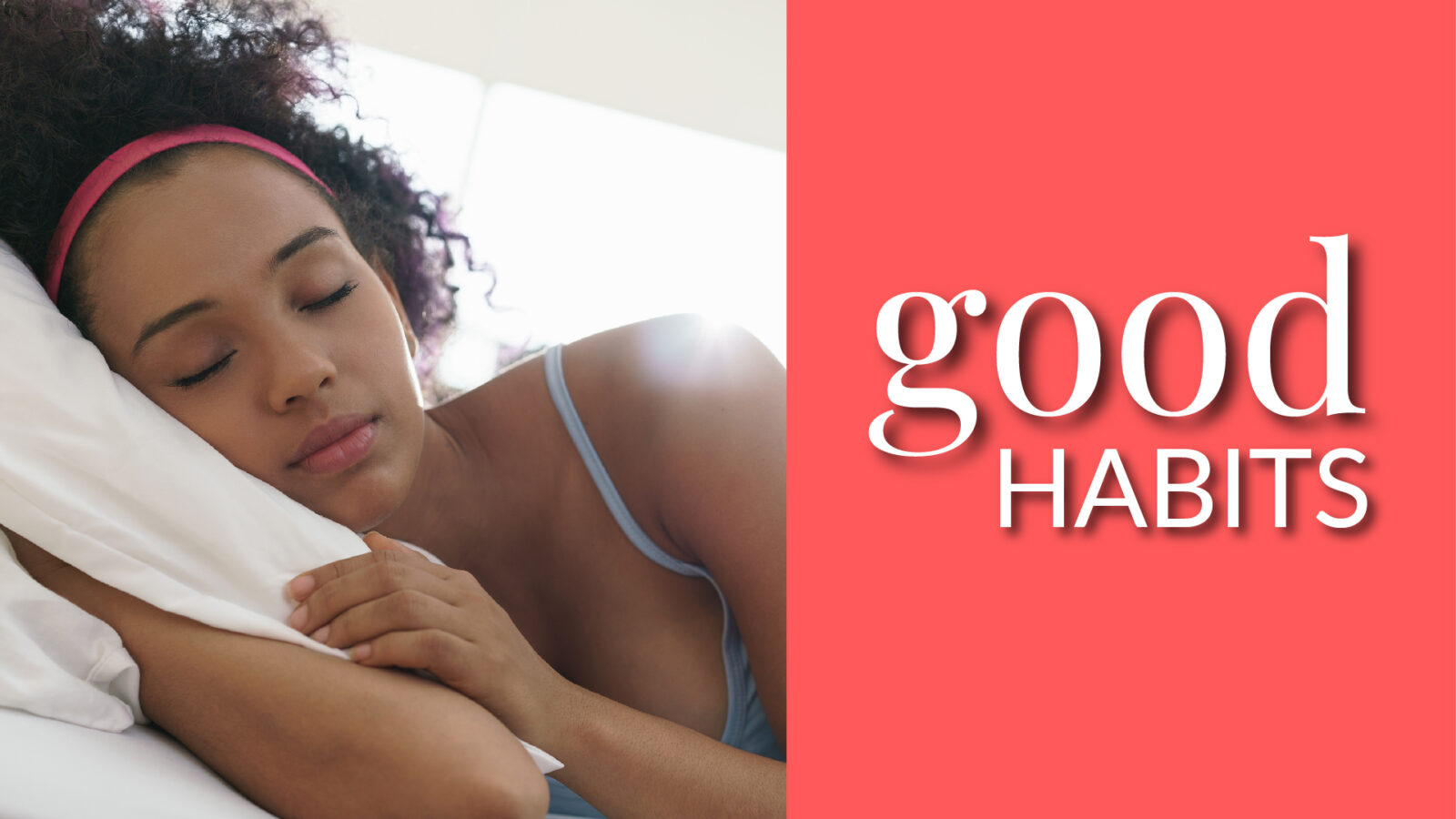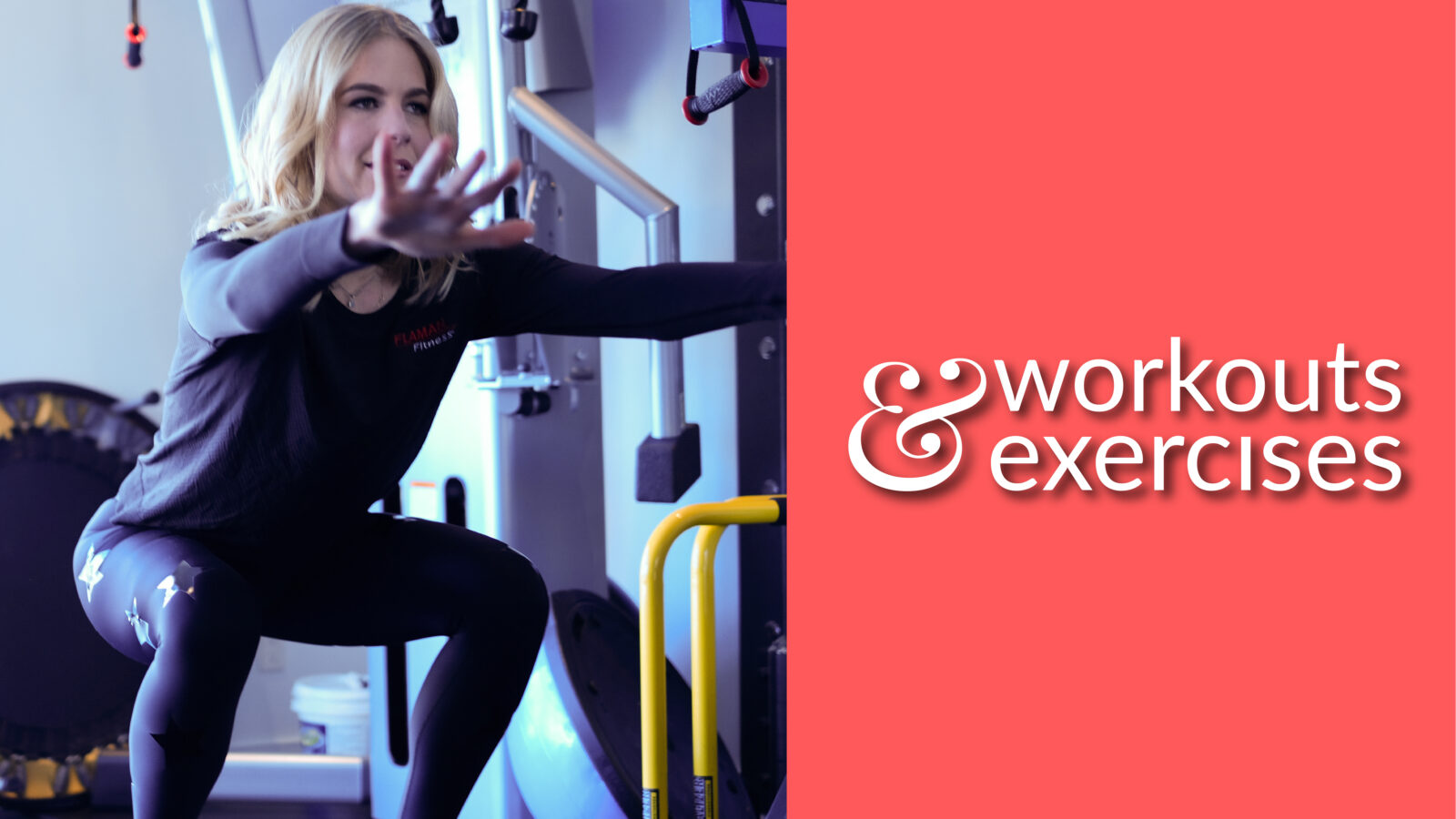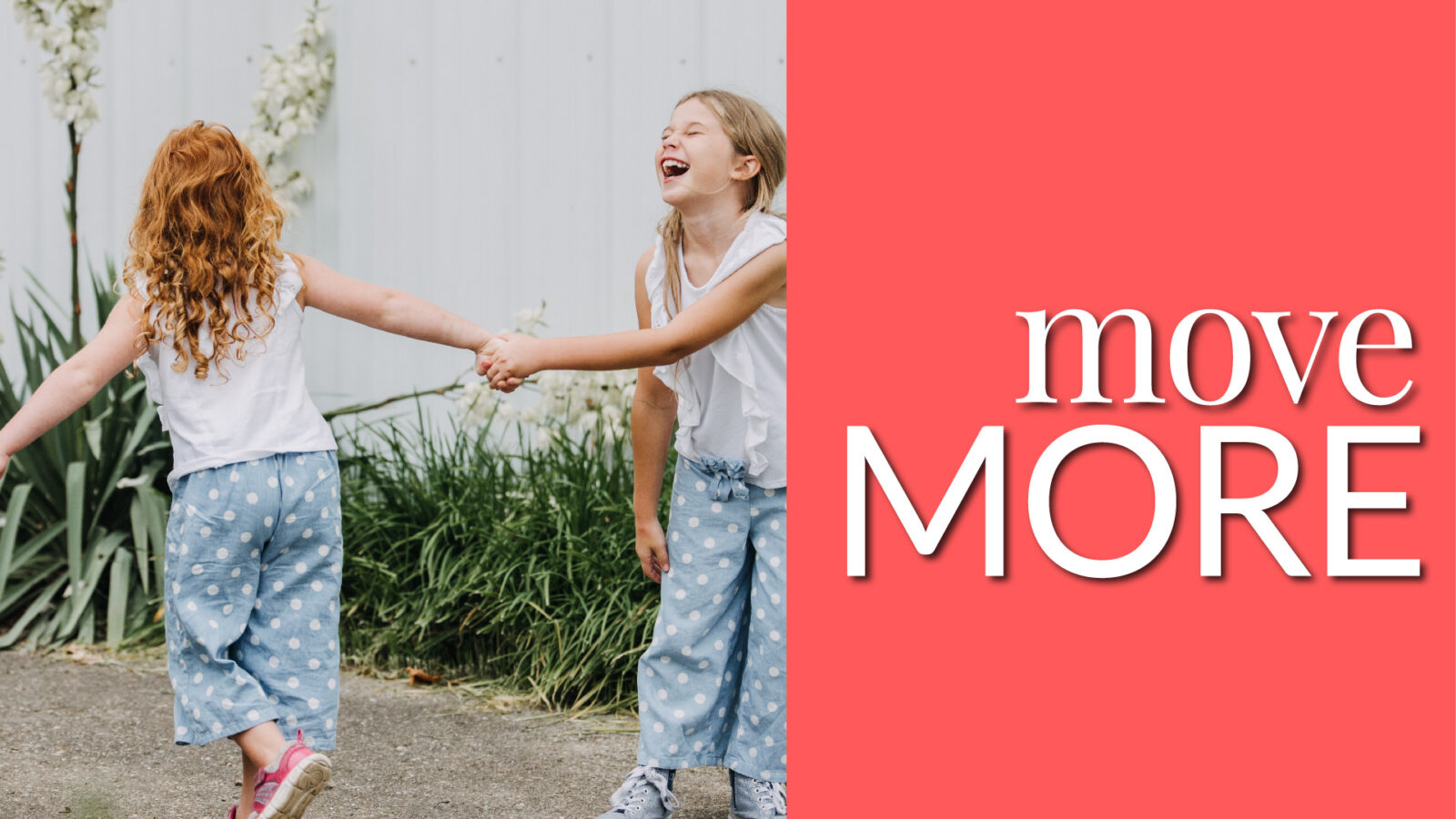The Joy of Movement—by Kelly McGonigal

The book, in a nutshell
Moving aids our creation joy, forges social connections, helps to promote a more expansive sense of courage and possibility, and fosters an emboldened concept of self. Movement is a way we interact and belong in and with the world, a way we increase our capacity for love and friendship… movement is a privilege.
The rewards of motion don’t discriminate. You illicit these rewards whether you walk, dance, or plant trees. Find something you enjoy that you can do consistently. Do that and do it regularly.
Key concepts
Fear means act, not freeze. You don’t need to get rid of pain, fear, or temporary lack of skill to move forward. Your current self might not want to do something, but you can act in a way that will make your future self proud.
Physical activity builds courage! Exercise helps you say yes even when you’re scared. Show up at work, home, and in life even when you are scared sh*tless. Take your magic “courage pill”—exercise! Turn “fear” into “face everything and rise.”
Thoughts are not acts. Thoughts are not facts. Thinking something doesn’t make it true. Too many of us are paralyzed by our emotions—fear, anxiety, imposter syndrome, etc. We have internalized that experiencing a painful emotion such as fear means “stop,” when in reality—to paraphrase Cus D’Amato—the hero and the coward have the same fears, they just take different actions.
Being anxious about a work presentation, feeling “less than” in a relationship, and/or living with imposter syndrome are simply emotions—they make you human, but they don’t have to dictate how you act. What you do with your emotions, now that is up to you.
When you finish a grueling run or even just show up to a workout that you contemplated skipping, you teach your body that you can do it, even if you don’t want to.
Exercise teaches the brain that you don’t have to feel courageous to be courageous. That you don’t have to want to finish something in the moment to make yourself finish. Learn from stretching to stretch past your discomfort. Learn from running that a pounding heart is not always a sign of fear, but can be proof that your heart is getting stronger. Exercise helps you foster the courage to start, the courage to “jump.” Once you jump once, you know you can jump again…. and again.
Exercise teaches the brain that you can always act in opposition to any thought—that thoughts are not facts. Thus, thoughts such as “I am not worthy of love,” “I am a bad presenter,” or “I am an imposter” are not facts; they are thoughts.
Since we often can’t improve the situation that’s making us feel anxious, fearful, awkward, and frustrated it is crucial to know how to control what we can control: our reactions. We can feel worthy, calm, courageous, and able to navigate the world, no matter what it throws at us. Through exercise we prove to ourselves that we are the type of person who has grit and perseverance—that we don’t need to get rid of pain, fear, or temporary lack of skill to move forward. We can then leverage this knowledge and emboldened concept of self during times of stressful uncertainty at work, at home, and with friends.
Exercise helps you see yourself differently; it helps build a vision of yourself as someone who is strong, someone who is courageous.
Don’t expect overnight success.
Forming a new self-concept takes repetition, patience, and practice! Every time you act as this new courageous person, you are voting to become the person you are trying to evolve into. Each vote accumulates. The benefits compound over time.
Don’t simply sweat and forget. Intentionally choose the lesson you take from your workout.
The courage and grit exhibited while exercising can positively bleed into the rest of your life, but only if you intentionally choose to focus on productive memories.
Knowing you have done something hard stays with you… if you note that you did the hard thing.
Knowing you fought your fear and exhaustion and showed up at the gym stays with you, but only if you purposely remember that you fought your exhaustion and showed up instead of noting the person who had nicer pants or smaller hips. The stories we tell ourselves about ourselves shape how we interact with ourselves and the world. Intentionally choose to focus on productive elements.
You have the power to be your worst critic. You also have the power to be your biggest advocate, to productively push yourself toward your goals. The choice is yours.
The main takeaway is this: fear, to varying degrees, will always exist. You don’t need to get rid of pain or fear to move forward. Movement has the power to teach you how to push through your limiting emotions, to demonstrate that you can get stronger as you carry your imposter syndrome, hurt, fear, etc. Emotions ebb and flow. The goal is not to get rid of all negative emotions, but to make room for the positive emotions and build a strong “I-can-face-anything-and-rise” self-concept. Life requires the ability to hold multiple emotions at once—to hold discomfort, exhaustion, and fear and still push through. Movement teaches you this skill; it teaches you to choose to stay when all you want to run away.
Exercise makes you happier.
Your entire physiology is wired to reward you for moving. Kelly posits this is because movement is “how we engage with life”—the brain and body reward movement to encourage us to participate in life.
Regardless of what initially inspires the neuro-chemical rewards of exercise, the rewards are the rewards—the more physically active you are, the happier and more fulfilled you will be. Moving fosters a stronger sense of purpose, greater connection with oneself and others, and a diminished sense of loneliness. On days when we are more active, we report a greater satisfaction with life.
A study showed that regular exercisers who were made to be more sedentary reported more feelings of anxiety, exhaustion, and hostility. In addition, 88% of the regular exercisers who were forced to reduce movement become more depressed.
Kelly says that she exercises to pre-emptively set herself up to better manage what the day will throw at her. She wants to face the day as the person who takes over after her workout—the optimistic, brave, powerful, energetic, courageous, refreshed, and ready to connect version of herself. Exercise absolutely has the power to “switch the current me for a different me,” to send me back into the world a better version of myself.
Neuro-chemical rewards
Think “the worse your mood the more critical the workout”—moving is literally an anti-depressant.
Exercise induces pleasure and removes pain. Over time, it remodels the brain, making you more receptive to joy and connection and more resilient in the fight against depression, anxiety, and loneliness.
Examples:
Exercise tells the brain to release endocannabinoids, a neurotransmitter that improves mood, reduces pain, reduces worry and stress, and heightens our senses. (Endocannabinoids are also present when experiencing social connection. So, for a double dose of joy, find ways to move as you connect with others, such as in a fitness group).
Exercise doesn’t just momentarily create more endocannabinoids, it actually increases binding sites for endocannabinoids in the brain. This means that exercise helps the brain take in more joy even when not moving. How? Let’s say you connect with a friend later in the day after a morning workout. This connection produces endocannabinoids. Since you already have increased binder sites for endocannabinoids in the brain due to your exercise routine, you are better able to feel joy and a sense of belonging through the social interaction.
Think of exercise as a mini do-it-yourself, deep brain stimulation treatment. With deep brain stimulation the patient gets low-level voltage—through electrodes—to the reward system of the brain, which, over time, remodels the reward system (similar to placing a pace maker on the heart to regulate how the heart beats). Exercise impacts the same portion of the brain and provides something akin to mini stimulations.
Exercise becomes even more critical as we age to fight the inherent decrease in dopamine receptors in the brain. Dopamine is often called our “happy hormone.” The problem is, without receptors in the brain, the “happy” will not register. As we age, we typically lose 13% of dopamine receptors each decade. Now, this loss is not inevitable. You guessed it: through exercise, you can fight this loss!
Your muscles are an endocrine organ. When you exercise, your muscles secrete hormones into the blood that impact every system of the body—they protect your brain, regulate blood pressure, fight inflammation, and make your brain more resilient to stress. Scientists have called call them “hope molecules.” As Kelly says, “hope begins in your muscles.” This is yet one more excellent reason to move every day!
In summary, when feeling depressed, lonely, or at a loss for meaning, instead of sitting alone watching Netflix, get up and go for a walk or phone a friend—or better yet, phone a friend to meet for a walk!
“Pleasure gloss”
Repeatedly experiencing an enjoyable sensation encodes the experience into your memory. Eventually, all the “extras” become pleasurable in themselves. This is what is referred to as the “pleasure gloss.” Everything from your smelly running shoes, to the weights clanking in the gym, to your “power song” can, over time, set off a pleasure bomb in the brain. This bomb reminds you of your “happy place.”
The more you exercise, the more you will want to surround yourself with people and things that remind you of your happy exercise place! Talk about a positive upward spiral! The more you move, the more you will want to move and be around people who move.
Especially at the beginning of your fitness journey, it is important to pick activities that make you happy—gardening, walking your dog, listening to good music, etc. The act of doing things you like will create a pleasure gloss related to that experience, which will inspire your future self to move. Most of us need all the help we can get. Even I am not always motivated. If my dirty running shoes can help me get out the door on days I feel like sleeping, well, I’ll take it!
Favourite quotes and scary stats
“The best and most beautiful things in the world can’t be seen or touched. They must be felt with the heart.” —Helen Keller
“The miracle is not that I finished; it is that I had the courage to START.”—interviewee in The Joy of Movement
“Hope without an object cannot live… ” —Kelly McGonigal, The Joy of Movement
Explanation: To turn any wish into a reality, you must first define your goal—the object where hope will live. Next, create a path by which you can reach your goal. Finally, trust that you can pursue that path—that you have inner resources and people in life to support your goal. Increase your confidence that the goal can be met.
The average American does less than 10 minutes of moderate to vigorous activity a day. Their level of activity peaks at age 6. This means people are missing out on a free and fun way to become a better version of themselves. This makes me sad. The number of steps needed to reduce anxiety and depression and increase satisfaction with life is 5,649. The typical American gets 4,774 steps per day.
Conclusion
Exercise helps to define and expand our sense of self. It provides an embodied “knowing” that you have the right to take up space in the world. Moving expands your personal space, allows you to give fear the finger, allows you to show up when you are scared sh*tless—it allows you to change how you understand you.
The trick is to find the courage to start. Creating a habit is key. Make the success bar low enough that you will keep going. Think consistency, not perfection. Find something you enjoy and that is convenient. The name of the game is compliance. You can tweak and optimize after the habit is established.












